News
Interview: ‘The First Purge’ Director Gerard McMurray
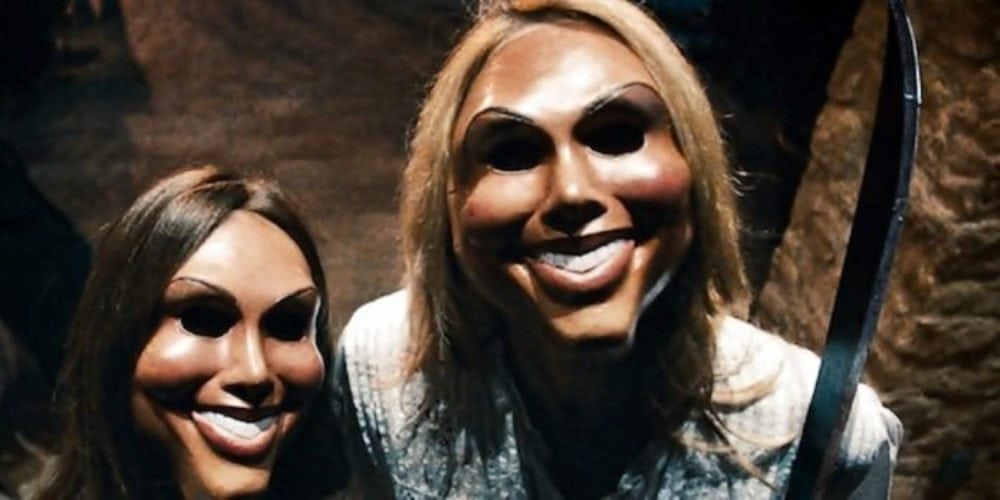
After directing the first three Purge films, James DeMonaco selected Gerard McMurray to direct The First Purge. “After writing and directing three Purge films in five years, I was ready to hand over the directing duties,” says DeMonaco. “Gerard saw the Purge films as I see them—as genre films but also as sociopolitical commentaries about race, and class, and gun control in our country.”
In this interview, Gerard McMurray talks about the making of the making of The First Purge and the unique influences he brought to the film, which details the evolution of Purge Night. The First Purge opens in theaters on July 4.
DG: Gerard, what attracted you to this project?
GM: What attracted me to this particular Purge film was James DeMonaco’s script. It was terrific and took place inside of an urban neighborhood. The story felt very personal to me; it felt like home. I instantly identified with the main characters, and I had a vision immediately. Also, The First Purge has a spirit of resistance that I identify with. My father taught me from an early age to stand up for myself, to fight for what is right, and to protect my community. So, I saw a lot of my own ideals in the main character. The storyline is layered, and I relished the opportunity to make some great political commentary on the present state of our country through a story whose society closely mirrors our own. This is a huge opportunity to do something unique, fresh, and contemporary.
DG: After James DeMonaco directed the first three Purge films, what do you think you brought to this fourth film that’s unique from other directors who might have made this film, including James?
GM: I think I bring a very different cultural tone to the film. This story takes place on Staten Island and follows the journey of a group of Black and Brown people seeking to survive the First Purge night. I grew up in the 7th ward of New Orleans, which is a predominantly Black neighborhood. The characters in this Purge and their journey mirror some experiences that I have had in my lifetime. I feel like my life experience, as a Black man in America, gives me a unique perspective on telling an authentic story about what the Purge could look like inside of an inner-city neighborhood.

DG: Gerard, what was the visual strategy that you and your cinematographer discussed prior to the start of filming, and how would you describe the look and tone of the film?
GM: While defining the look and tone of the film with my cinematographer, I aimed to distinguish this film from the other Purge movies, since it is a prequel, not a sequel. Previous discussions with Blumhouse and Platinum Dunes, made it clear to me that they liked the visual look of my first film, Burning Sands, and wanted to do something closer to it tonally, than they did in other Purge movies.
I explained my vision for this film as an homage to 1990s hood movies. I grew up as a teenager in the ’90s, so movies like Do the Right Thing, Boyz N the Hood, Menace II Society, New Jack City, King of New York, and other films from that era weighed heavily on my choices for shot selection and overall tone. I feel like the contrast between ’90’s-style and a modern horror/action adventure/political thriller make for an interesting interpretation of The First Purge and add a new flavor to the film. Aesthetically, it was important for to me to enhance the texture of the environments, and portray the various cultures represented in the movie with beauty and elegance.
I also wanted the movie to look big, so I chose to do a lot of wide and crane shots, capturing the community while making the action sequences and personal interactions much closer and intimate. I want the audience to feel the dramatic and emotional journeys of the characters, to feel fear with them, as well as love, to get a thrill of the desperation they experienced on Purge night. At moments, we let the camera flow and dance with the characters, to give the audience a feeling of reality and humanity with them showing that, ultimately, the Purge affects everyone—regardless of their skin color and economic status.
DG: How would you describe the mayhem and violence that takes place in this film, compared to the previous films, and what do you think audiences will find most compelling, frightening, about this film?
GM: The previous Purge films all have their own unique personality. I wanted my take on the Purge to stand out. I wanted to return to that intimacy that we saw in the first movie, while incorporating that feeling of being out in the neighborhood, to show all the gleeful mayhem taking place in the streets.
My goal was to keep the Purge violence feeling as real as possible so the type of mayhem and violence in my film echoes things that I fear, which I think makes this film have its own unique level of scariness and terror for audiences. I wanted my film to have a grit and a realness to it that makes people feel like “Wow, this could happen in real life.” The contrast between seeing these very relatable characters have to deal with the realities of Purge night adds a different dimension of scariness to this film.
DG: Other than being an origin film, a prequel, what do you think sets this film apart from the previous three films?
GM: This film is different because it is set during the first Purge night, so the characters don’t really know what to expect. In other Purge films, society has become used to the Purge, and a lot of people even enjoy it. But in this film, no one really knows what to do, so you get a different experience.
Also, this Purge doesn’t spend time in the suburbs, dealing with the experience of middle- and upper-class people. Here, we are in the inner-city, experiencing it through the eyes of the people. Seeing the film from the perspective of the streets and the fear and terror these citizens have gives this film a different feel. As Jay-Z says, “The streets is watching.”
DG: What did the Buffalo filming location bring to this film that’s unique from other locations you might have chosen, and how would you describe the setting of the film?
GM: The City of Buffalo was an amazing place to shoot and Mayor Byron Brown and the Buffalo film commission really showed us love. Having access to every resource the city had to offer was incredibly helpful. Also, I think Buffalo itself lent a certain spirit for this film. When I imagined this Purge, I knew that it had to feel like an American city. American cities have a certain texture that is hard to replicate. Also, considering the setting for the film is the inner-city, I knew that we had to have a certain aesthetic when it came to the people and the environment. Buffalo was a great place to shoot because it has a strong Black and Latino presence. I felt like I could make Buffalo feel like Staten Island—based on the texture of the streets, the stores— and that I could cast local actors that looked like the people I grew up with. Buffalo really offered an authenticity that I liked.
DG: How would you describe the human dynamic that exists in this film?
GM: The human dynamic of my Purge lives within its characters and their varied experiences. I tried to create empathetic characters experiencing the gambit of raw human emotions that the audience can relate to. I also wanted to explore the innate need for human beings to do violent things, to Purge, and to show people giving into this need to Purge and relishing in the freedom that it brings them. I think that we take a multi-faceted approach to showing humanity in this film, and the many different ways humanity can manifest itself on Purge night.
DG: What is the name of Marisa Tomei’s character in this film, and how would you describe her role in this film?
GM: Marisa Tomei’s character is named The Architect because she is the psychologist who came up with the whole idea of The Purge. She feels that Purging is part of humanity, and that if people could give into their desires once a year, it would help alleviate some of the crime and violence that are consuming the country on a daily basis. In that vein, she is simply a scientist testing out her hypothesis in a controlled scientific experiment with human volunteers.
However, her character is also there to show the human side of those in power, and to show a different perspective of someone working with the NFFA. I want to thank Marisa for her honest portrayal, and her immense contribution to our film.
DG: What was the biggest challenge you faced in making this film?
GM: I think the biggest challenge in making this film has come down to making it scary. This film has so many elements, but at its core it is still a horror film. I feel comfortable communicating human emotions to the audience by putting the characters into situations where they experience fear and terror, but those things don’t necessarily translate into a good scare that will get audiences jumping out of their seats. But having the creative input from James DeMonaco, who created the world of The Purge, and producer Sébastien Lemercier helped me to tease out the tension in those moments, which made them scary. I hope that audiences enjoy what we have put together for them.
'Civil War' Review: Is It Worth Watching?
Follow our new YouTube channel "Mysteries and Movies" here.

Movies
‘Evil Dead’ Film Franchise Getting TWO New Installments
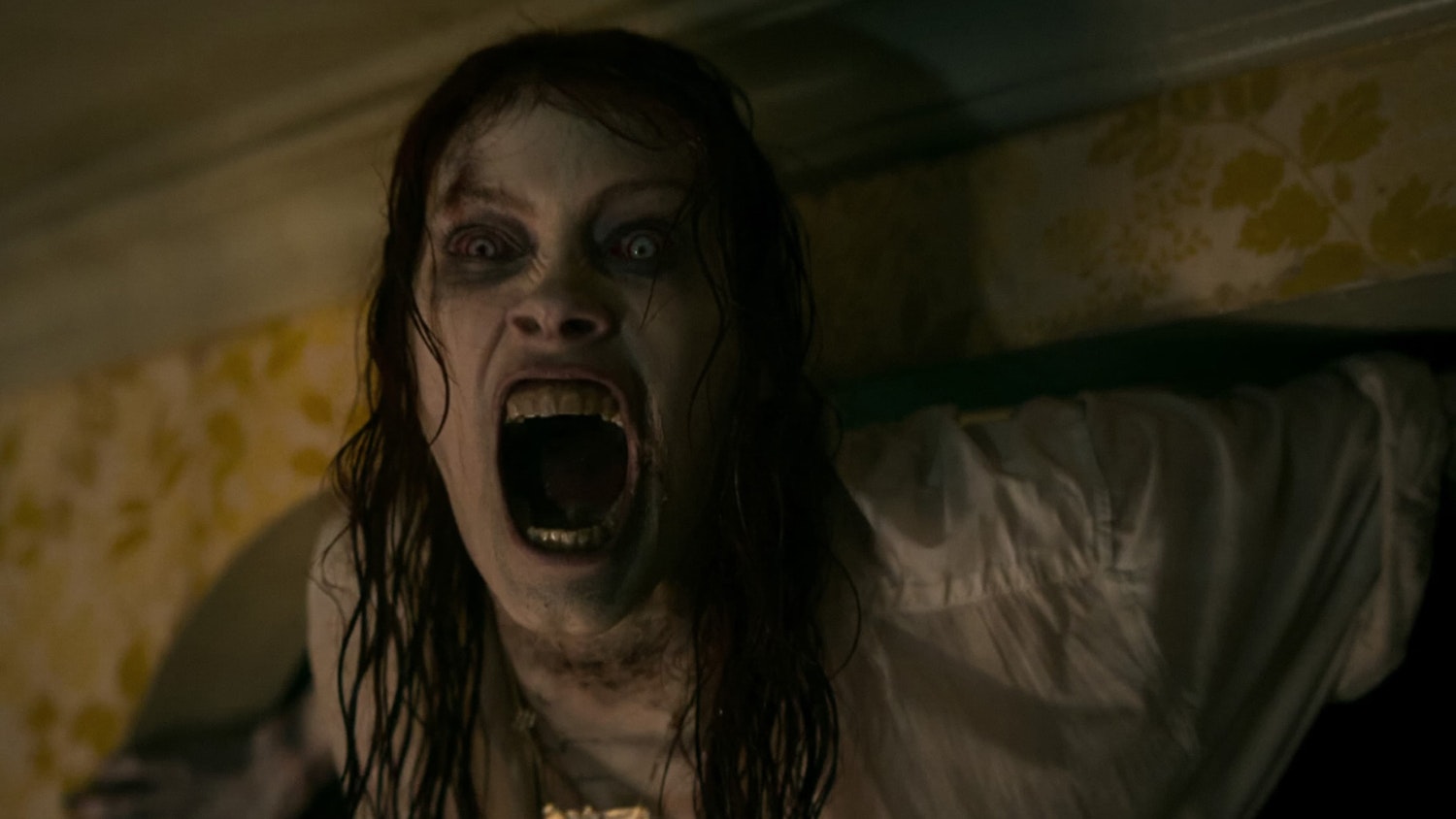
It was a risk for Fede Alvarez to reboot Sam Raimi’s horror classic The Evil Dead in 2013, but that risk paid off and so did its spiritual sequel Evil Dead Rise in 2023. Now Deadline is reporting that the series is getting, not one, but two fresh entries.
We already knew about the Sébastien Vaniček upcoming film that delves into the Deadite universe and should be a proper sequel to the latest film, but we are broadsided that Francis Galluppi and Ghost House Pictures are doing a one-off project set in Raimi’s universe based off of an idea that Galluppi pitched to Raimi himself. That concept is being kept under wraps.

“Francis Galluppi is a storyteller who knows when to keep us waiting in simmering tension and when to hit us with explosive violence,” Raimi told Deadline. “He is a director that shows uncommon control in his feature debut.”
That feature is titled The Last Stop In Yuma County which will release theatrically in the United States on May 4. It follows a traveling salesman, “stranded at a rural Arizona rest stop,” and “is thrust into a dire hostage situation by the arrival of two bank robbers with no qualms about using cruelty-or cold, hard steel-to protect their bloodstained fortune.”
Galluppi is an award-winning sci-fi/horror shorts director whose acclaimed works include High Desert Hell and The Gemini Project. You can view the full edit of High Desert Hell and the teaser for Gemini below:
'Civil War' Review: Is It Worth Watching?
Follow our new YouTube channel "Mysteries and Movies" here.
Movies
‘Invisible Man 2’ Is “Closer Than Its Ever Been” to Happening

Elisabeth Moss in a very well-thought-out statement said in an interview for Happy Sad Confused that even though there have been some logistical issues for doing Invisible Man 2 there is hope on the horizon.
Podcast host Josh Horowitz asked about the follow-up and if Moss and director Leigh Whannell were any closer to cracking a solution to getting it made. “We are closer than we have ever been to cracking it,” said Moss with a huge grin. You can see her reaction at the 35:52 mark in the below video.
Whannell is currently in New Zealand filming another monster movie for Universal, Wolf Man, which might be the spark that ignites Universal’s troubled Dark Universe concept which hasn’t gained any momentum since Tom Cruise’s failed attempt at resurrecting The Mummy.
Also, in the podcast video, Moss says she is not in the Wolf Man film so any speculation that it’s a crossover project is left in the air.
Meanwhile, Universal Studios is in the middle of constructing a year-round haunt house in Las Vegas which will showcase some of their classic cinematic monsters. Depending on attendance, this could be the boost the studio needs to get audiences interested in their creature IPs once more and to get more films made based on them.
The Las Vegas project is set to open in 2025, coinciding with their new proper theme park in Orlando called Epic Universe.
'Civil War' Review: Is It Worth Watching?
Follow our new YouTube channel "Mysteries and Movies" here.
News
Jake Gyllenhaal’s Thriller ‘Presumed Innocent’ Series Gets Early Release Date
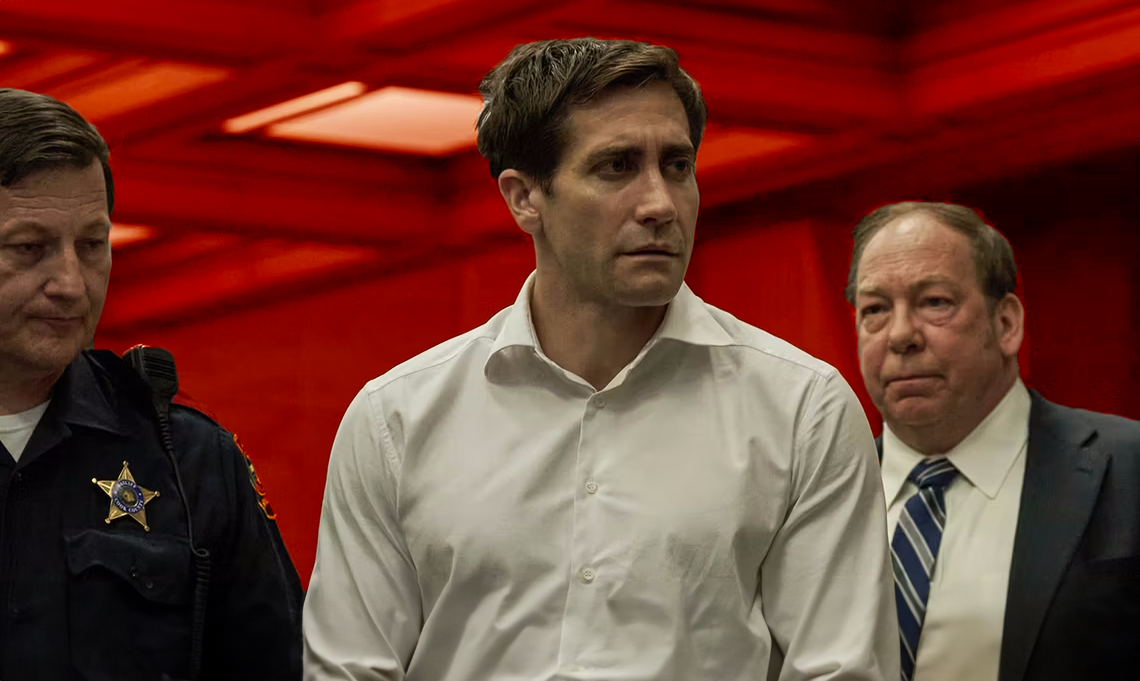
Jake Gyllenhaal’s limited series Presumed Innocent is dropping on AppleTV+ on June 12 instead of June 14 as originally planned. The star, whose Road House reboot has brought mixed reviews on Amazon Prime, is embracing the small screen for the first time since his appearance on Homicide: Life on the Street in 1994.
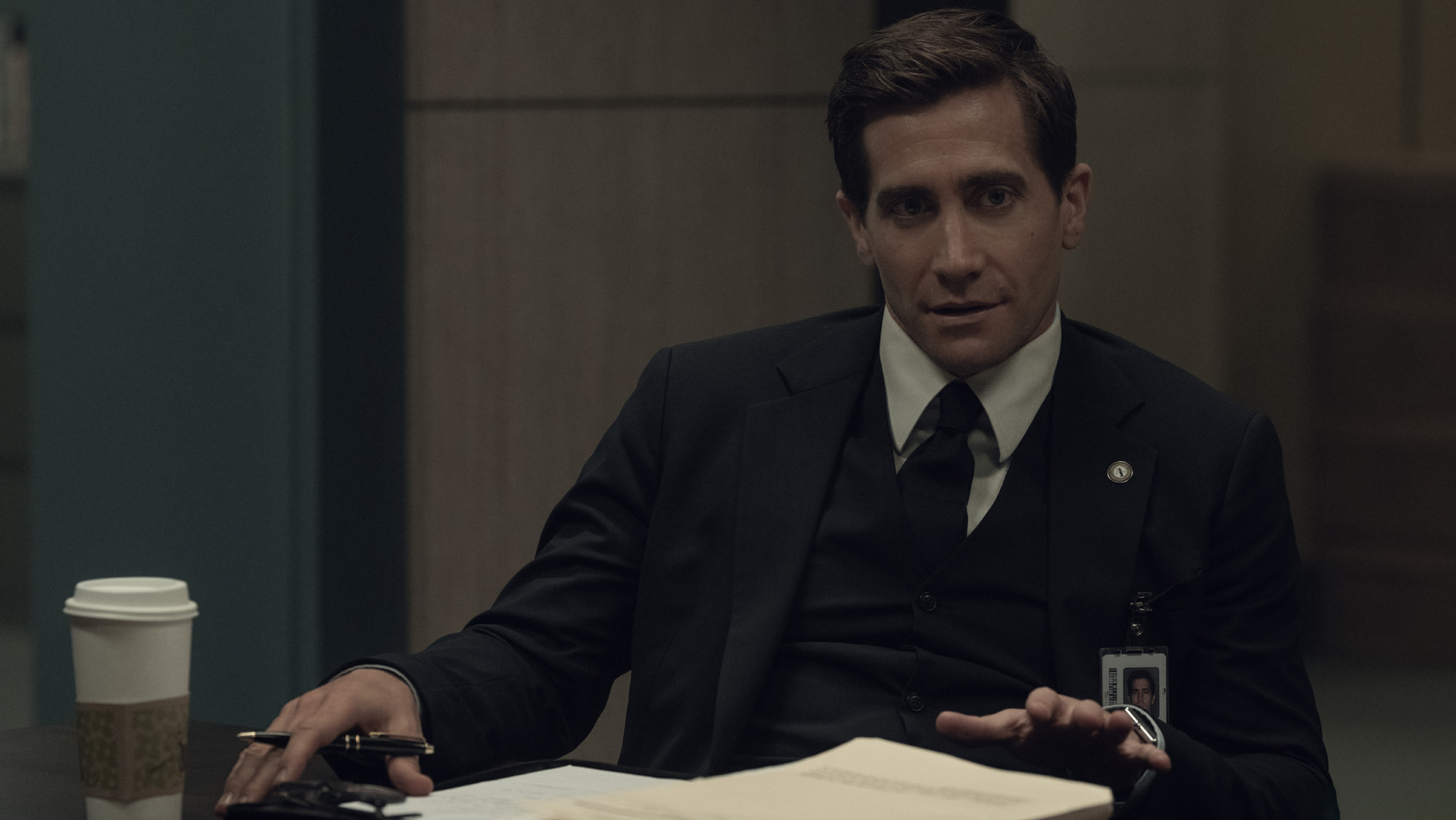
Presumed Innocent is being produced by David E. Kelley, J.J. Abrams’ Bad Robot, and Warner Bros. It is an adaptation of Scott Turow’s 1990 film in which Harrison Ford plays a lawyer doing double duty as an investigator looking for the murderer of his colleague.
These types of sexy thrillers were popular in the ’90s and usually contained twist endings. Here’s the trailer for the original:
According to Deadline, Presumed Innocent doesn’t stray far from the source material: “…the Presumed Innocent series will explore obsession, sex, politics and the power and limits of love as the accused fights to hold his family and marriage together.”
Up next for Gyllenhaal is the Guy Ritchie action movie titled In the Grey scheduled for release in January 2025.
Presumed Innocent is an eight-episode limited series set to stream on AppleTV+ starting June 12.
'Civil War' Review: Is It Worth Watching?
Follow our new YouTube channel "Mysteries and Movies" here.
-

 News6 days ago
News6 days agoOriginal Blair Witch Cast Ask Lionsgate for Retroactive Residuals in Light of New Film
-
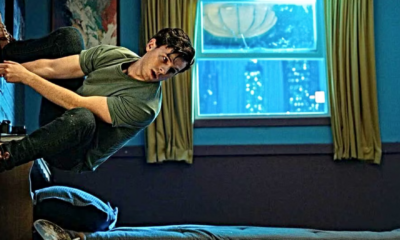
 Movies6 days ago
Movies6 days agoSpider-Man With a Cronenberg Twist in This Fan-Made Short
-
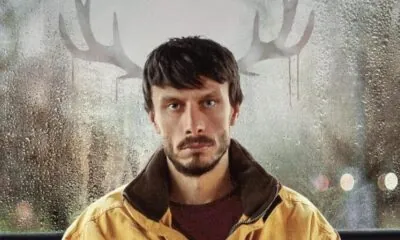
 News3 days ago
News3 days agoPerhaps the Scariest, Most Disturbing Series of The Year
-
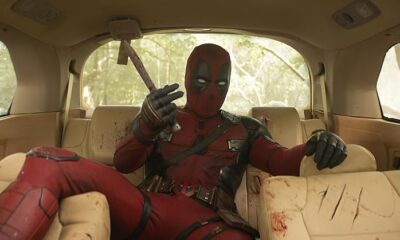
 Movies5 days ago
Movies5 days agoNew F-Bomb Laden ‘Deadpool & Wolverine’ Trailer: Bloody Buddy Movie
-

 News5 days ago
News5 days agoRussell Crowe To Star in Another Exorcism Movie & It’s Not a Sequel
-
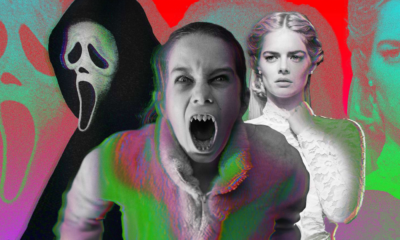
 Lists3 days ago
Lists3 days agoThrills and Chills: Ranking ‘Radio Silence’ Films from Bloody Brilliant to Just Bloody
-

 Movies5 days ago
Movies5 days ago‘Founders Day’ Finally Getting a Digital Release
-
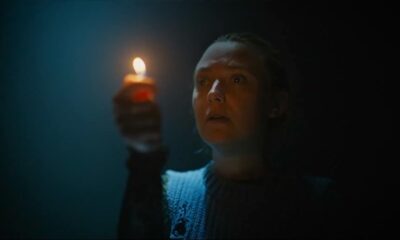
 Movies4 days ago
Movies4 days agoNew ‘The Watchers’ Trailer Adds More to the Mystery
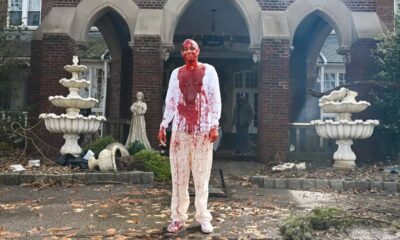



























You must be logged in to post a comment Login